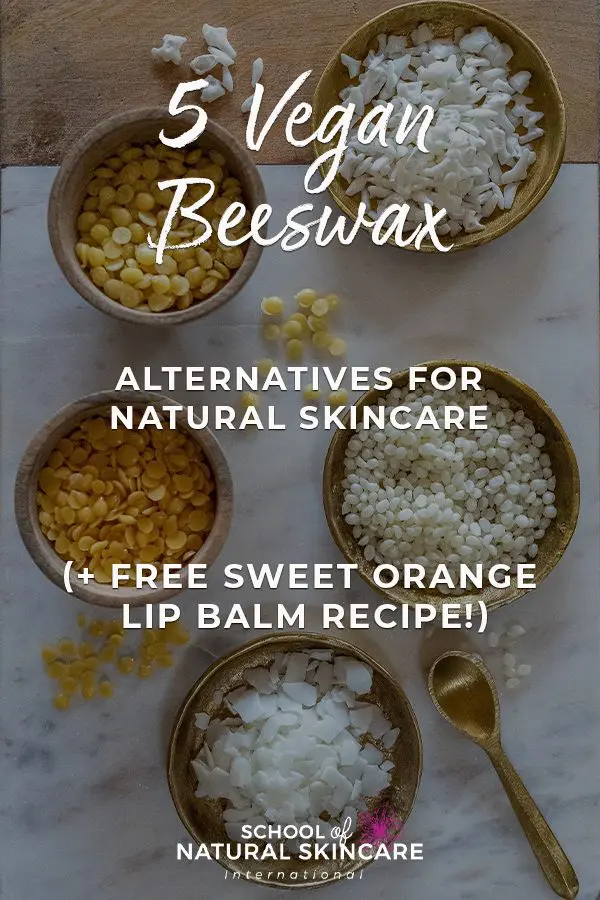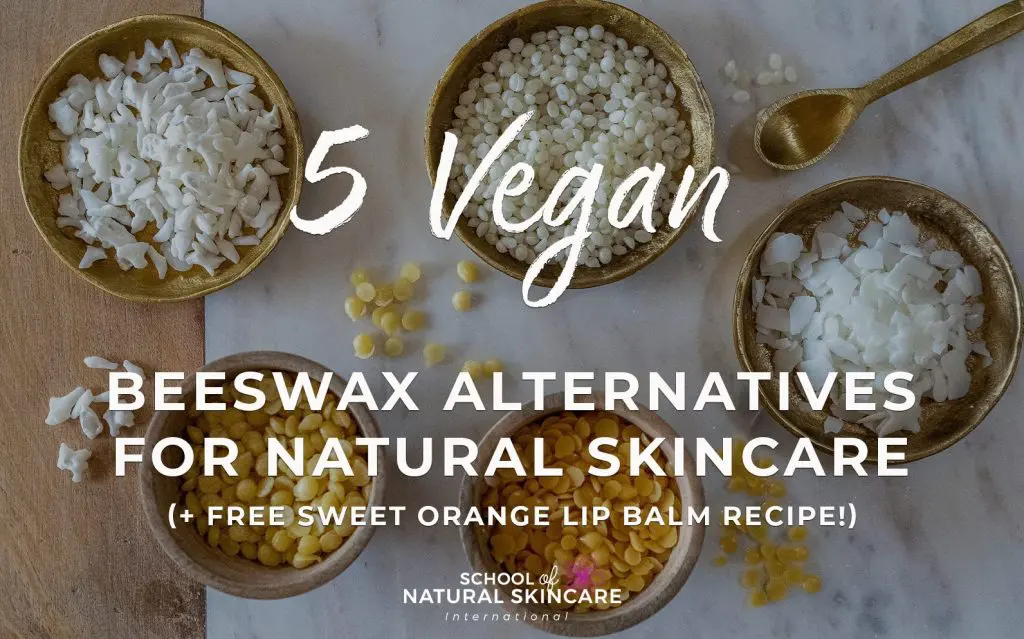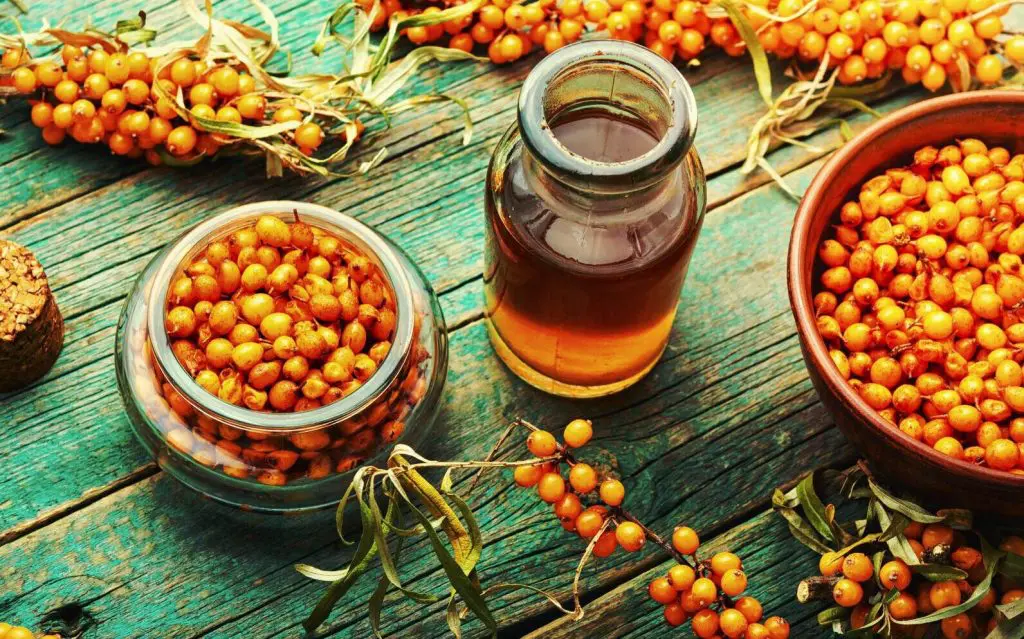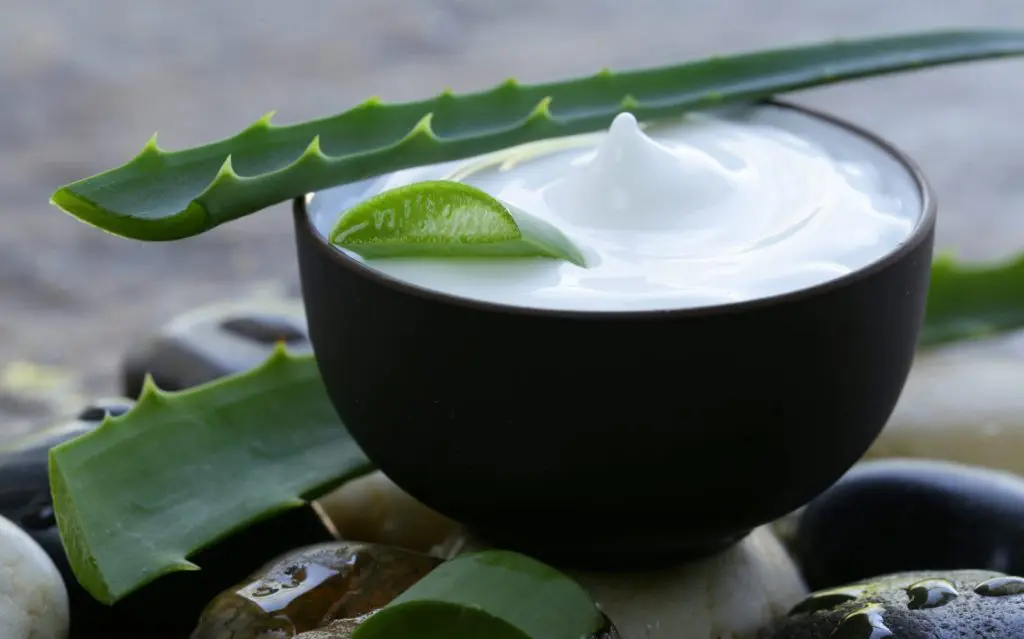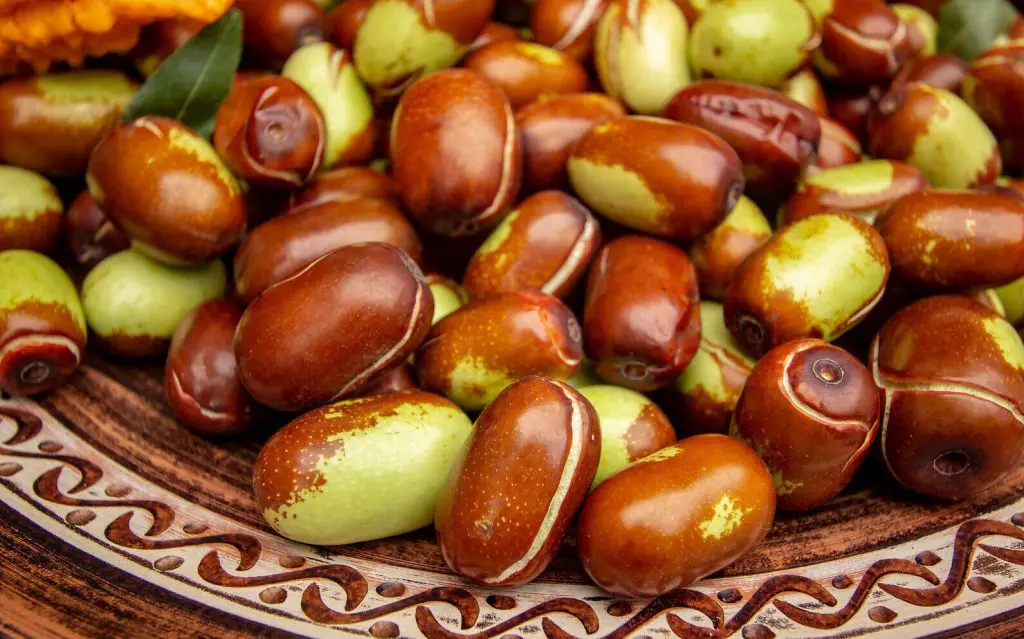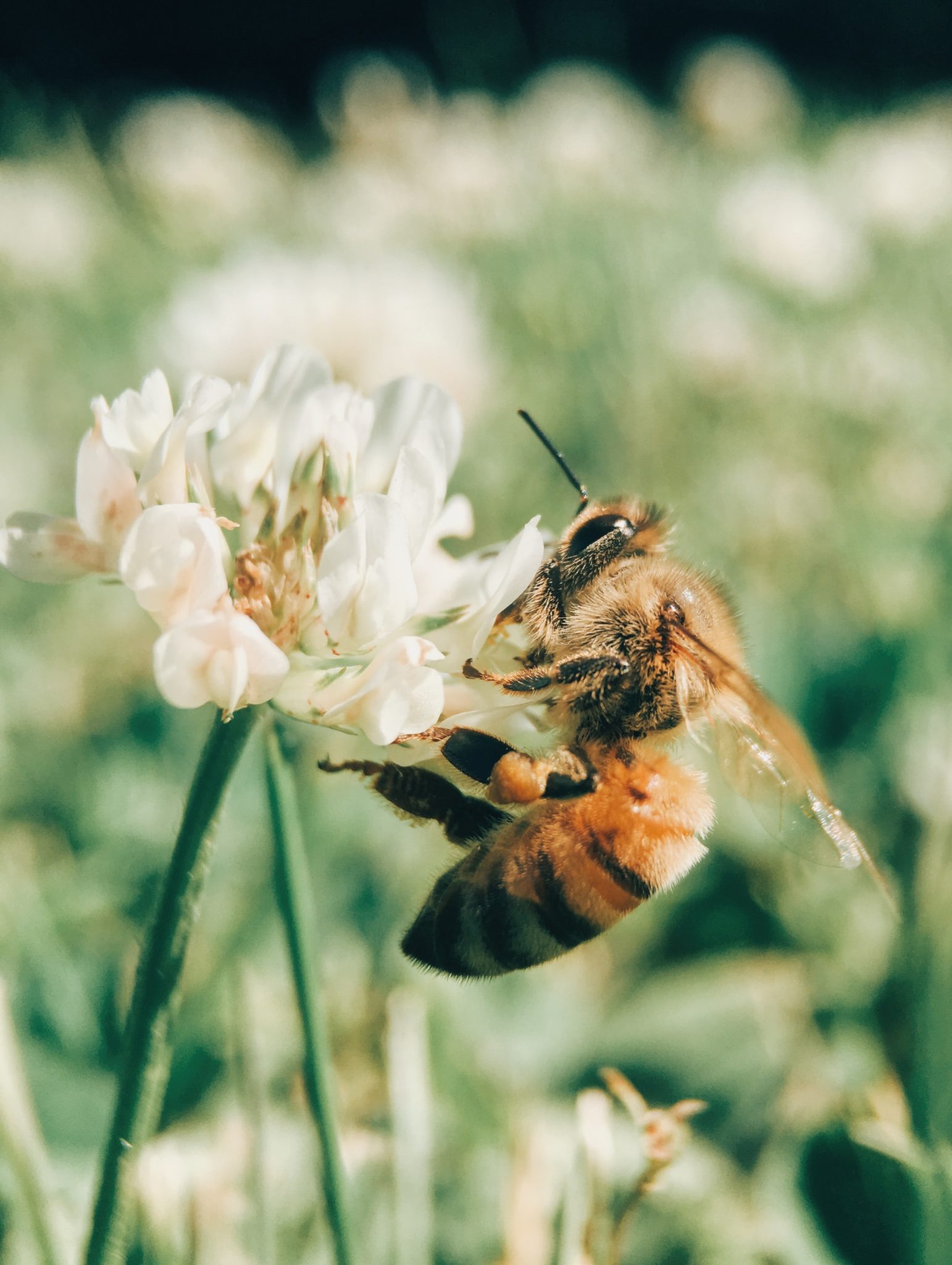
Waxes are often an essential part of a cosmetic formulation. Waxes help harden liquid oils, which plays a crucial role in making lip balms, ointments, solid lotion bars and other natural skincare products.
One of the most commonly used waxes is beeswax. Beeswax is 100% natural, however, since it is produced by bees, it is not suitable for vegan skincare. If you’re interested to learn more about beeswax, check out our article Beeswax in Natural Skincare: Everything You Need to Know.
There are many alternatives to beeswax out there to choose from, but remember that plant waxes behave differently to beeswax. These beeswax substitutes will have different melting points, will give different degrees of hardness to a balm and they will also have a different skin feel.
In this article we look at the most commonly used vegan alternatives to beeswax, discovering the characteristics of each wax and what they are used for.
As a bonus, we also include a free recipe for a Vegan Sweet Orange Lip Balm!
Vegan wax alternatives to beeswax
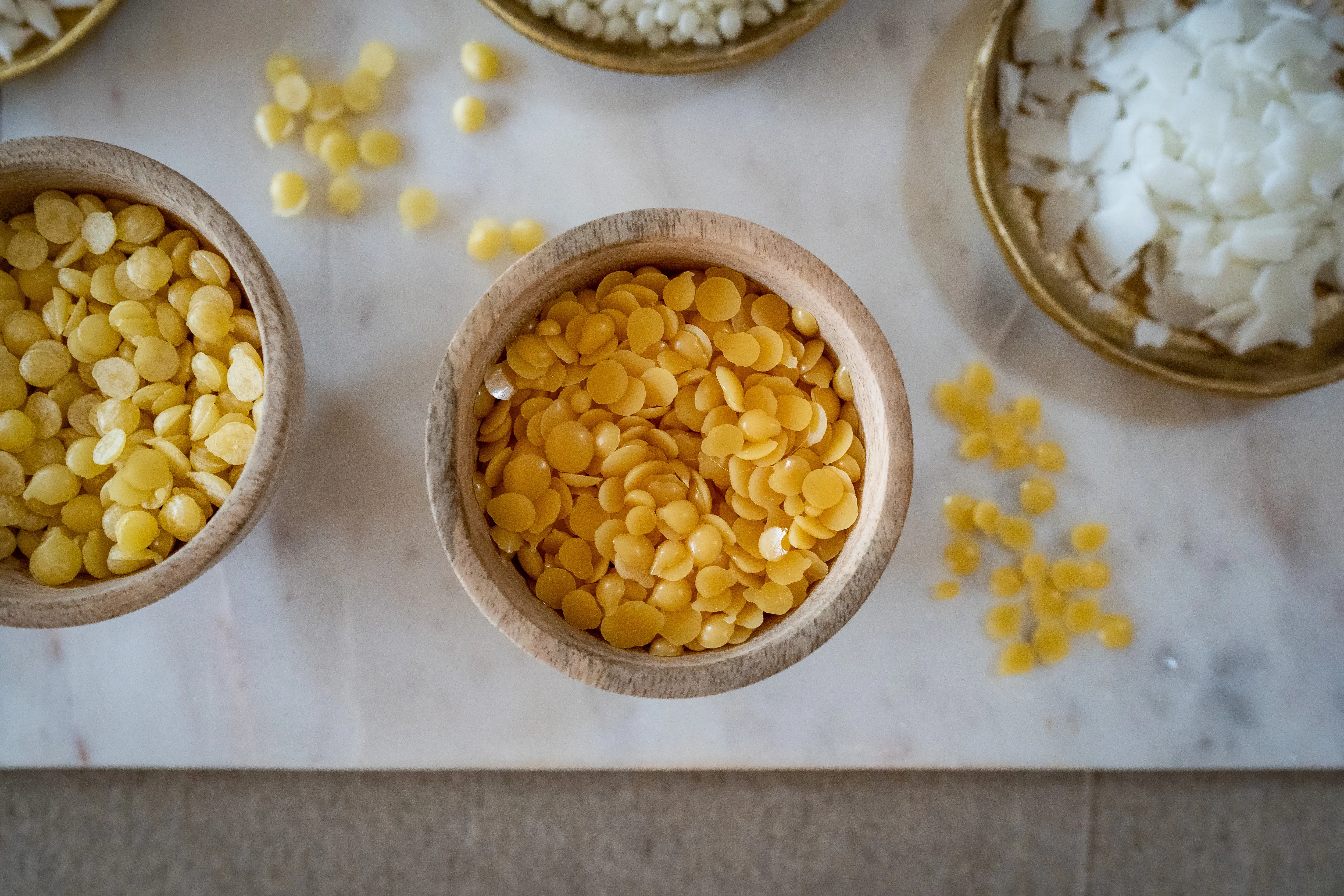
Candelilla wax
(INCI: Euphorbia Cerifera Wax)
Candelilla wax is obtained from the coating of the ‘wax slipper plant’ found mainly in Mexico. This vegan friendly wax is extracted by boiling the plant (to separate the wax and the plant material), whereby the wax floats to the top of the water and is skimmed off to be processed.
Melting temperature: 70°C.
The wax is brownish in color, has a faint aroma, and comes in the form of round pellets. On the skin a balm with candelilla wax feels very smooth, similar to a beeswax balm, but more dry.
In terms of the hardness it creates, balms with candelilla wax in are very similar to beeswax balms, making it a great vegan alternative. You should use up to 20% wax for ointments and salves, and above that for lip balms or for skincare products sold in hotter climates.
Carnauba wax
(INCI: Copernicia Prunifera Wax)
Carnauba wax is produced by the leaves of a Brazilian palm tree. It is the hardest vegetable wax, and comes in the form of yellowish-brown hard and brittle flakes.
Melting temperature: 84°C.
On the skin carnauba wax feels very silky, almost powdery.
Even though this wax has a high melting point, in concentrations up to 20% it creates a balm with similar hardness to beeswax and candelilla wax. At concentrations of 30% and 40%, on the other hand, the balm will be extremely hard and make it difficult for the user to get any product when they pass their finger over it. Carnauba wax’s hardness might be useful, however, for lip balms and lipsticks in hot climates.

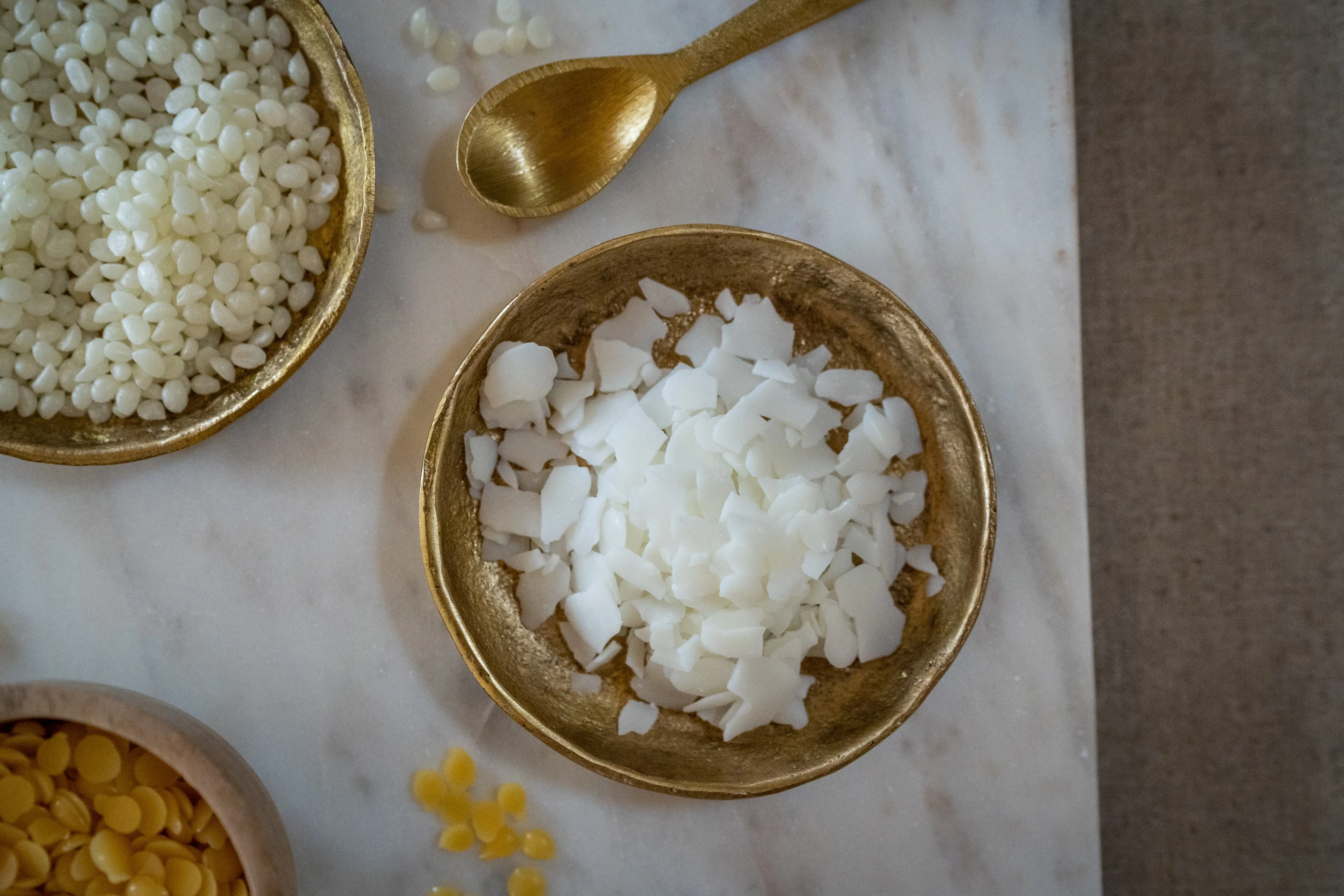
Jojoba wax
(INCI: Hydrogenated Jojoba Oil)
Jojoba wax is extracted from the seeds of the jojoba tree by pressure. It is white in color and has no scent.
What we commonly call jojoba oil is actually a liquid wax. It contains almost no triglycerides (the main component of carrier oils), but rather it’s a mixture of long wax molecules. Since it resembles a vegetable oil, and it is used in the same way as other oils, it is called ‘jojoba oil’.
Some suppliers sell a product called ‘jojoba wax’; it is in the form of solid pellets, resembling beeswax. This is jojoba wax that has been hydrogenated, to make it solid.
Melting temperature: 65°C.
This substitute is a very soft vegan wax, which has to be present in very high percentages (over 20%) to make a balm semi-solid. It tends to give a grainy, uneven consistency. Jojoba wax is best used along with another wax to create a proper solid balm.
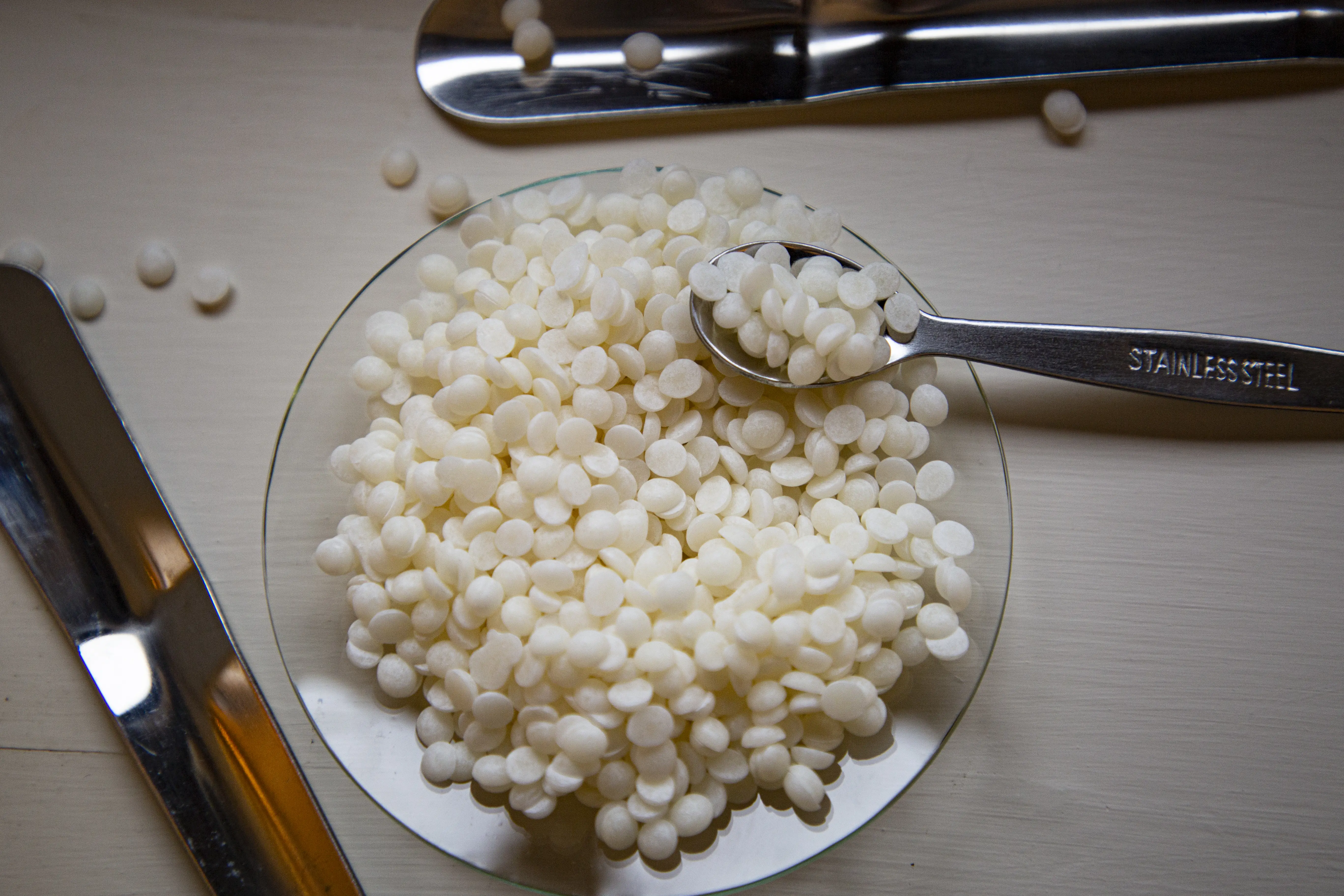
Berry wax
(INCI: Rhus Verniciflua Peel Cera)
Berry wax is extracted from the berries of the varnish or lacquer tree and it is sometimes referred to as Japanese wax.
Melting temperature: 48-54°C.
Berry wax is a softer wax with a low melting point, therefore it is not the best choice for skincare products that need to be completely solid (e.g deodorant sticks or lipsticks). Berry wax gives a nice jelly-like structure and helps semi-solid products to glide on the skin, such as salves and ointments.
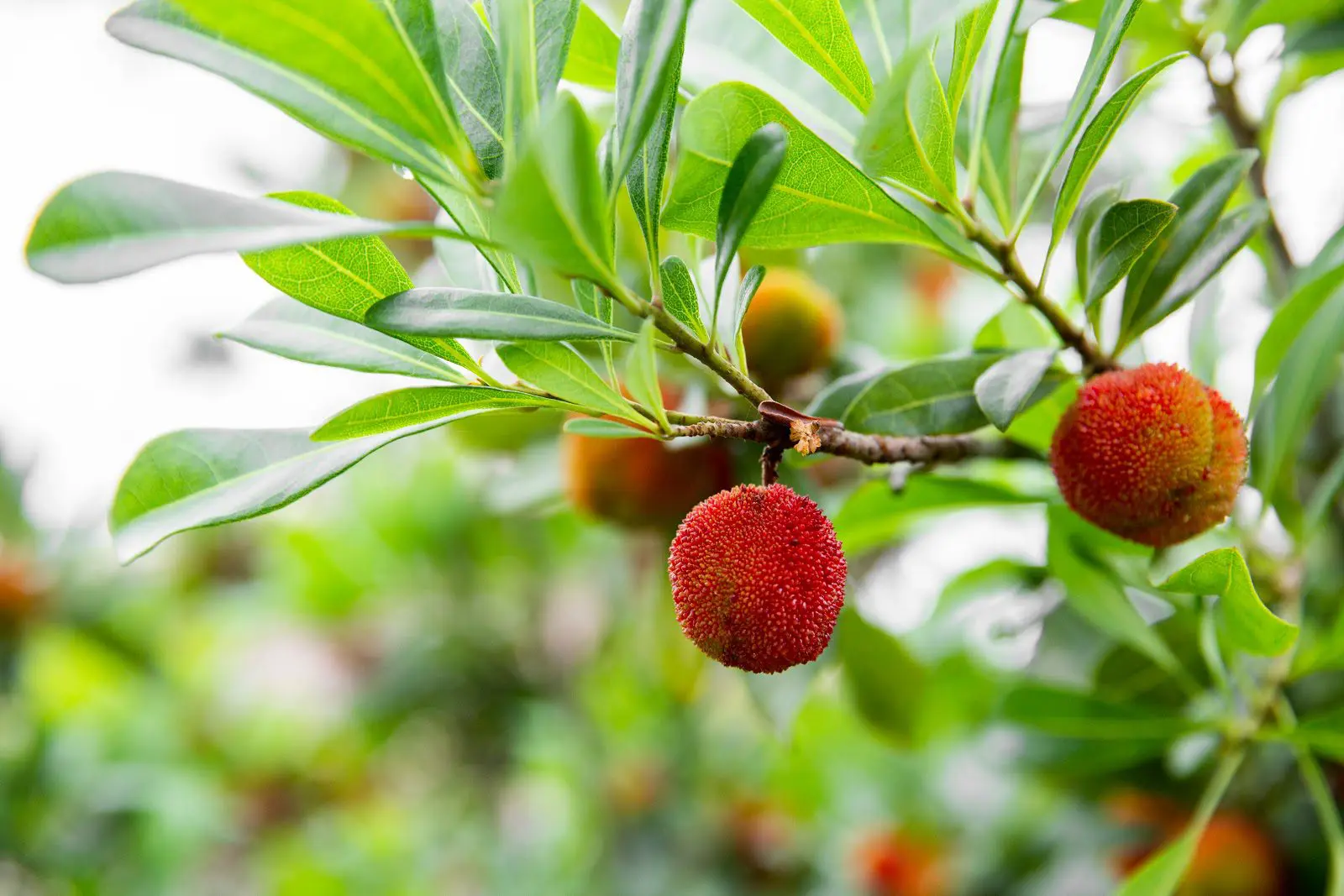
Myrica fruit wax
(INCI: Myrica Cerifera Fruit Wax)
Myrica wax is derived from the berry fruit peel of the Myrica tree, native to Latin America.
Melting temperature: 45-55°C.
An interesting aspect of myrica wax is that it gives products good hardness, despite having a rather low melting point. This means that it creates products with good spreadability and a pleasant skin feel, making it a great vegan alternative to beeswax.
Free Recipe: Vegan Sweet Orange Lip Balm
This lip balm uses stearic acid and candelilla wax, instead of beeswax, to harden it. It also contains nourishing cocoa butter and coconut oil, as well as vanilla macerated oil for a sweet fragrance.
|
Phase |
INCI name |
Trade name |
Function |
w/w% |
|
A |
Helianthus Annuus Seed Oil |
Sunflower oil |
Emollient |
30.1 |
|
A |
Cocos Nucifera Nut Oil |
Coconut oil |
Emollient |
25.0 |
|
A |
Stearic Acid |
Stearic acid |
Lipid thickener |
17.0 |
|
A |
Theobroma Cacao Seed Oil |
Cocoa butter |
Emollient, thickener |
15.0 |
|
A |
Euphorbia Cerifera Wax |
Candelilla wax |
Lipid thickener |
12.0 |
|
B |
Tocopherol |
Vitamin E (95% mixed tocopherols) |
Antioxidant |
0.1 |
|
B |
Styrax Benzoin Extract |
Benzoin extract |
Fragrance |
0.3 |
|
B |
Citrus Sinensis Peel Oil |
Sweet orange essential oil |
Fragrance |
0.5 |
Recipe
|
Ingredient |
Weight in grams (for a 100g batch) |
Weight in ounces (oz) for a 4 oz batch
|
|
Sunflower oil |
30.1 |
1.20 |
|
Coconut oil |
25.0 |
1.00 |
|
Stearic acid |
17.0 |
0.68 |
|
Cocoa butter |
15.0 |
0.60 |
|
Candelilla wax |
12.0 |
0.48 |
|
Vitamin E (95% mixed tocopherols) |
0.1 |
0.00 |
|
Benzoin extract |
0.3 |
0.01 |
|
Sweet orange essential oil |
0.5 |
0.02 |
This recipe will make a 100g (4 oz.) batch of lip balm, which makes approximately 20 5g lip balm tubes.
Instructions
- Add phase A ingredients to a beaker and heat them in a water bath/bain marie to 75°C until the solid ingredients are melted.
- Remove from the heat, cool to approximately 55°C, add phase B ingredients and stir.
- Pour into lip balm tubes and allow to set.
It’s as simple as that!
How can I make more natural skincare products?
At the School of Natural Skincare we’re dedicated to teaching our students to make their own natural and organic cosmetic products, either for themselves or to sell. But we go further than that by encouraging our students and graduates to think for themselves, to be creative and to create their products according to their values. We also show them how to do it!
We do this through our portfolio of accredited online courses and programs, which are all hosted inside our state-of-the-art, mobile responsive and easy-to-use online classroom. Students can study in their own time, at their own pace, from wherever they are in the world.
The essence of our online courses and programs are to teach students the correct way to make natural cosmetic products, following industry standards, guidelines and regulations, but we make sure the DIY, handcrafted, artisan passion is the central focus of everything our students do. It is their passion that brings them to us and leads them to further exploration and the launch of their own natural beauty brands.
We call this DIY Skincare Done Professionally… After all, there’s no point making your own natural skincare or haircare products that don’t work, aren’t safe, or stable or effective.
You can join our courses and programs at any point during the year. All you need is a Wi-Fi connection, a smile, a desire to learn and a passion to make your own natural skincare products.
Bring your passion and we’ll help you craft your own natural skincare products with your values at the core.
Free Online Organic Skincare Formulation Course
Fundamentals of Skincare Formulation
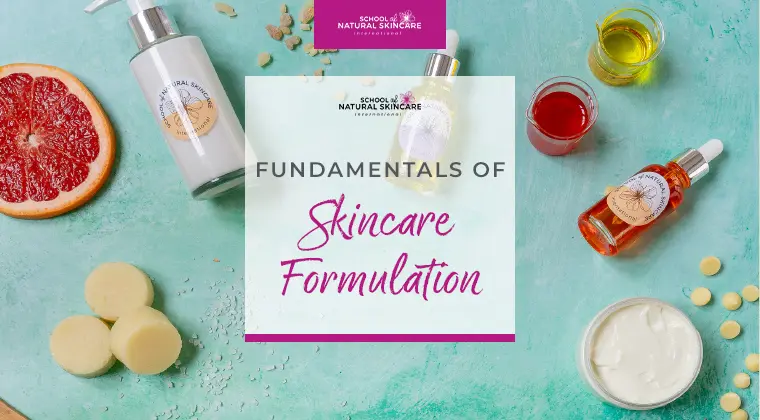
Learn the essentials of skincare formulation with our FREE course!
If you’re confused by all the misleading information out there, we’re here to guide you. Learn how to create natural and organic products confidently, using industry best practices, under the guidance of professional cosmetic scientists.
Exclusive for our newsletter subscribers. Sign up now.
We look after your data in accordance with our privacy policy.
What you’ll learn:
- Formulation Foundations: The basics of cosmetic chemistry and skincare formulation.
- Bodycare: Make a shea-butter-rich body moisturizer with our pro formula.
- Facial Skincare: Rejuvenate your skin with our two facial oil formulas.
- Creams & Lotions: Create shelf-stable moisturizers using our tried-and-tested formula.
- Natural Ingredients: Understand the key natural and organic ingredients used in formulations.
Exclusive for our newsletter subscribers. Sign up now and start formulating your own natural products today!
Loved reading about these vegan beeswax alternatives? Make sure to remember by pinning this article.
